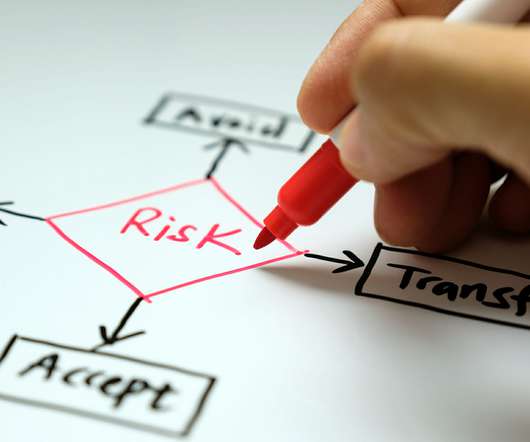How to Offload Your Risk to a Third Party
MHA Consulting
FEBRUARY 9, 2023
Risk transference is one of the four main strategies organizations can use to mitigate risk. There are four main strategies for mitigating risk : · Risk acceptance: Making a conscious decision to remain vulnerable to a potential harm, usually based on a cost-benefit analysis. If you don’t have a copy, you should grab one.)
















Let's personalize your content